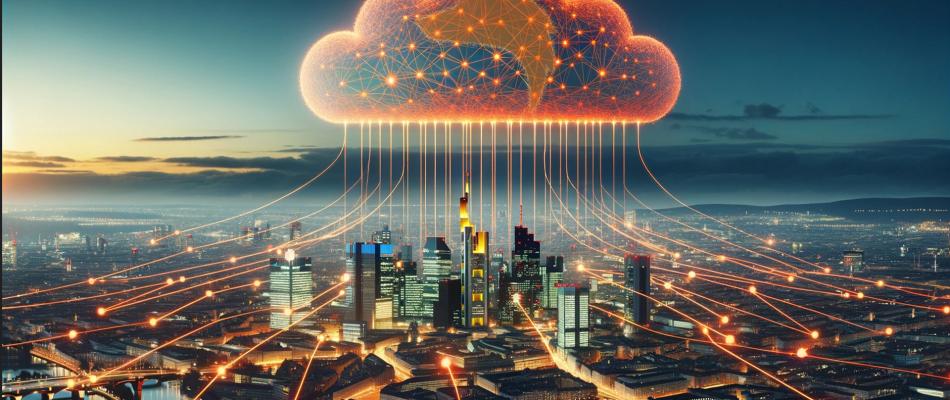The Vision of Smart Cities: A Future Shaped by IoT and Cloud Computing
Introduction
The concept of a "smart city" represents the pinnacle of urban planning and technology integration, aimed at enhancing the quality of life for its inhabitants while minimizing environmental impact. At the heart of this transformation are sensors connected to the Internet of Things (IoT) and the indispensable role of cloud computing in processing vast amounts of data generated by these devices.
IoT in Action: Paving the Way for Smart Urban Living
Smart cities leverage IoT sensors to monitor and manage urban services in real time. These sensors are deployed across various sectors:
- Transportation: IoT devices facilitate traffic flow management, reduce congestion, and support the development of autonomous vehicle infrastructure.
- Environmental Monitoring: Sensors track air and water quality, noise levels, and weather conditions, enabling proactive environmental protection measures.
- Energy Management: Smart grids and meters optimize energy consumption, reducing waste and supporting renewable energy sources.
- Public Safety: Enhanced surveillance systems and emergency response mechanisms improve security and safety for residents.
The Role of Cloud Solutions in Smart Cities
Cloud computing is the backbone of smart cities, providing the infrastructure necessary to store, process, and analyze the massive amounts of data collected by IoT sensors. These cloud solutions offer several key advantages:
- Scalability: Cloud platforms can easily scale to accommodate the growing data needs of a smart city, ensuring efficiency and flexibility.
- Data Integration: Cloud services facilitate the integration of data from diverse sources, enabling comprehensive analytics and insights for better decision-making.
- Accessibility: Stakeholders and city administrators can access real-time information and analytics from anywhere, enhancing coordination and response times.
- Cost Efficiency: By leveraging cloud computing, cities can reduce the need for expensive on-site data centers and IT infrastructure, lowering operational costs.
Use Cases: Envisioning a Smarter World
- Smart Lighting: Adaptive street lighting systems adjust based on real-time environmental conditions and pedestrian traffic, conserving energy and enhancing safety.
- Waste Management: Sensors in waste bins monitor fill levels, optimizing collection routes and schedules to reduce fuel consumption and emissions.
- Water Conservation: IoT-enabled irrigation systems adjust watering based on soil moisture and weather predictions, promoting efficient water use.
- Healthcare: Wearable devices and remote monitoring systems improve patient care and reduce the burden on healthcare facilities.
Conclusion
The vision of smart cities is a testament to the transformative power of IoT and cloud computing. By harnessing these technologies, urban centers can become more efficient, sustainable, and livable. As we move forward, the integration of advanced sensors and robust cloud platforms will continue to shape the cities of the future, creating an interconnected world where technology and urban life evolve together.

